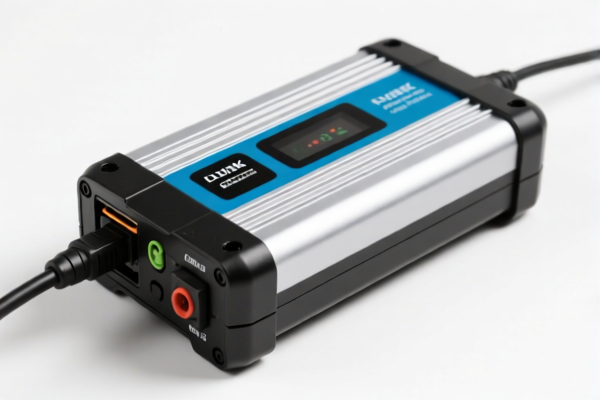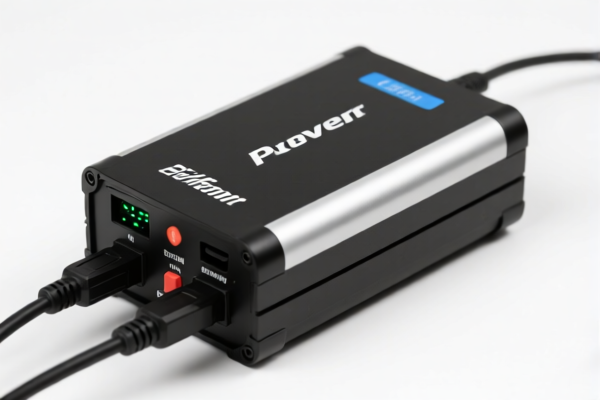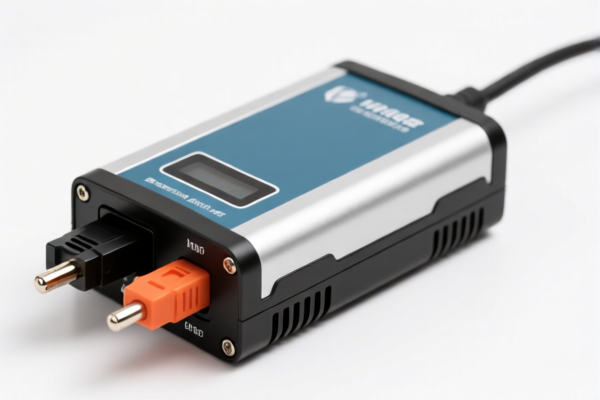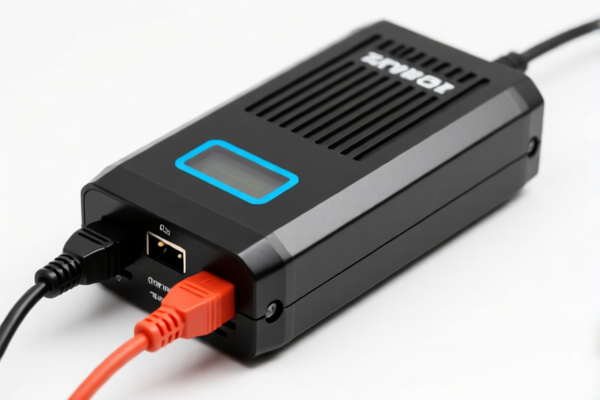| HS Code | Official Doc | Tariff Rate | Origin | Destination | Effective Date |
|---|---|---|---|---|---|
| 8504406018 | Doc | 55.0% | CN | US | 2025-05-12 |
| 8543708000 | Doc | 55.0% | CN | US | 2025-05-12 |
| 8543708000 | Doc | 55.0% | CN | US | 2025-05-12 |




Power Converter
A power converter is an electronic device or circuit that changes electrical energy from one form to another, typically involving a change in voltage, current, or frequency. These devices are fundamental components in a wide range of applications, enabling the use of electricity from various sources and ensuring compatibility between different electrical systems.
Material Composition
Power converters utilize a variety of semiconductor materials, including:
- Silicon (Si): Historically the most common material, used in diodes, transistors, and thyristors.
- Silicon Carbide (SiC): Increasingly used for higher efficiency and temperature operation, particularly in high-power applications.
- Gallium Nitride (GaN): Offers even higher switching speeds and lower losses than SiC, suitable for high-frequency, high-density applications.
- Insulated Gate Bipolar Transistors (IGBTs): Commonly used in medium to high-power applications due to their combination of fast switching and high current handling capabilities.
- Ferrite Cores: Used in transformers and inductors for energy storage and isolation.
- Capacitors: Employed for filtering and smoothing voltage and current.
- Copper: Used for conducting wires and heat sinks.
- Aluminum: Used for heat sinks and enclosures.
Purpose & Function
The primary purpose of a power converter is to modify electrical power to meet the requirements of a specific load or source. Common functions include:
- Voltage Conversion: Increasing or decreasing voltage levels (step-up or step-down).
- AC-DC Conversion: Converting alternating current (AC) to direct current (DC).
- DC-AC Conversion: Converting direct current (DC) to alternating current (AC).
- DC-DC Conversion: Converting direct current (DC) from one voltage level to another.
- Frequency Conversion: Changing the frequency of AC power.
- Power Factor Correction (PFC): Improving the efficiency of AC-DC converters by minimizing reactive power.
- Regulation: Maintaining a stable output voltage or current despite variations in input voltage or load current.
- Isolation: Providing electrical isolation between the input and output circuits for safety and noise reduction.
Usage Scenarios
Power converters are integral to numerous applications:
- Power Supplies: Used in computers, mobile devices, and other electronic equipment to convert AC line voltage to the DC voltages required by internal components.
- Electric Vehicles (EVs): Used to convert DC power from the battery to AC power for the motor, and for charging the battery from AC sources.
- Renewable Energy Systems: Used in solar inverters to convert DC power from solar panels to AC power for grid connection, and in wind turbine converters.
- Uninterruptible Power Supplies (UPS): Used to provide backup power during power outages.
- Motor Drives: Used to control the speed and torque of electric motors.
- HVDC Transmission: Used to convert AC power to DC for long-distance transmission and back to AC at the receiving end.
- LED Lighting: Used to convert AC line voltage to the DC voltage required by LEDs.
- Industrial Power Systems: Used for various power conditioning and conversion applications.
Common Types
Power converters are categorized based on their function and topology:
- AC-DC Converters:
- Linear Regulators: Simple but inefficient, used in low-power applications.
- Switching Mode Power Supplies (SMPS): More efficient, used in a wide range of applications. Types include buck, boost, buck-boost, and flyback converters.
- DC-AC Converters (Inverters):
- Square Wave Inverters: Simple but produce distorted waveforms.
- Modified Sine Wave Inverters: Improved waveform quality compared to square wave inverters.
- Pure Sine Wave Inverters: Produce a clean sine wave output, suitable for sensitive loads.
- DC-DC Converters:
- Buck Converters: Step-down voltage.
- Boost Converters: Step-up voltage.
- Buck-Boost Converters: Step-up or step-down voltage.
- Flyback Converters: Provide isolation and multiple outputs.
- Forward Converters: Similar to flyback converters, but with higher efficiency.
- AC-AC Converters:
- Transformers: Used for voltage step-up or step-down and isolation.
- Cycloconverters: Convert AC power at one frequency to AC power at another frequency.
- Matrix Converters: Direct AC-AC conversion without intermediate DC stage.
Based on the provided information, “power converter” can be classified under the following HS codes:
-
8504406018: This HS code falls under Chapter 85, which covers Electrical machines and apparatus. Specifically, it relates to Heading 8504, covering Electrical transformers, static converters (for example, rectifiers) and inductors; parts thereof. The subheading 8504.40 covers Static converters, and 8504.40.6018 specifically denotes Power supplies for automatic data processing machines or units thereof of heading 8471; power supplies for goods of subheading 8443.31 or 8443.32; power supplies for monitors of subheading 8528.42 or 8528.52 or projectors of subheading 8528.62, suitable for physical incorporation into automatic data processing machines or units thereof of heading 8471. Other power converters are also included. The applicable tax rate is a base tariff of 0.0%, an additional tariff of 25.0%, and an additional tariff of 30.0% after April 2, 2025, resulting in a total tariff of 55.0%.
-
8504406018: As detailed above, this HS code also covers static converters, including power supplies that are not specifically for automatic data processing machines. The tax rate structure remains the same: 0.0% base tariff, 25.0% additional tariff, and 30.0% additional tariff after April 2, 2025, for a total of 55.0%.
Regarding HS code 8504406018, please note that the classification depends on the intended use of the power converter. If it is designed for incorporation into automatic data processing machines, or for specific goods like monitors or projectors, it falls under this code. Otherwise, it may be classified differently.
Customer Reviews
No reviews yet.